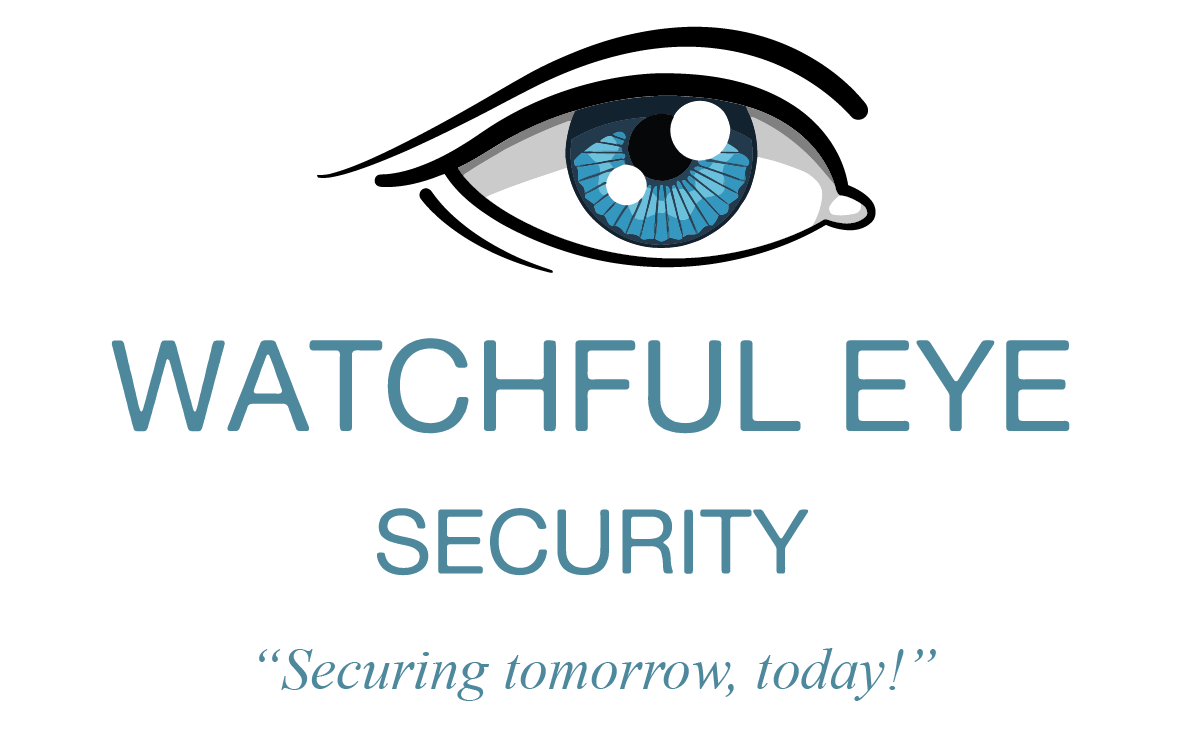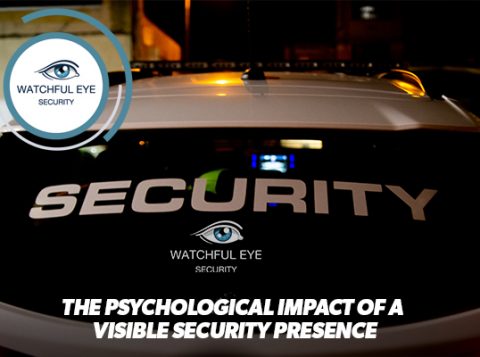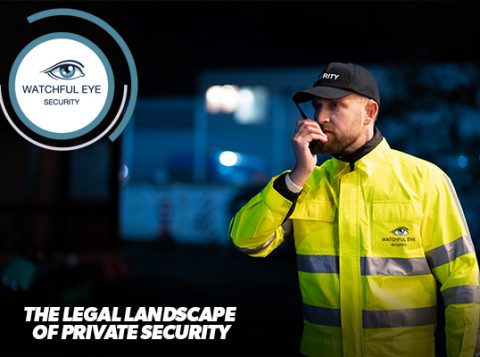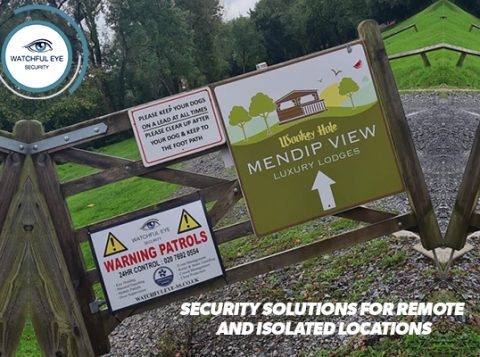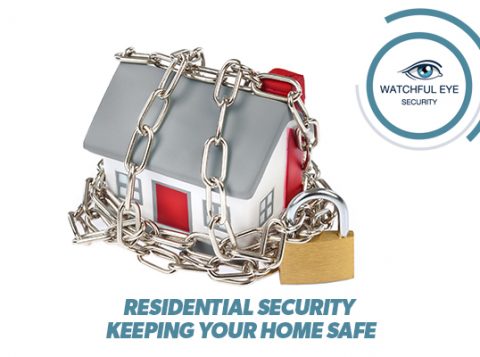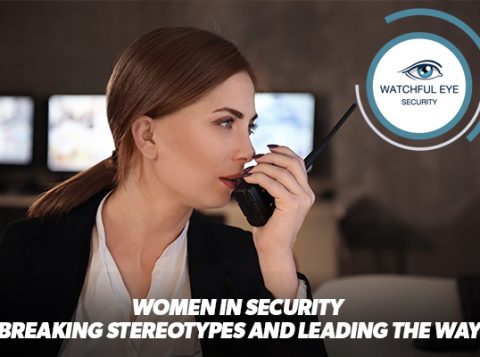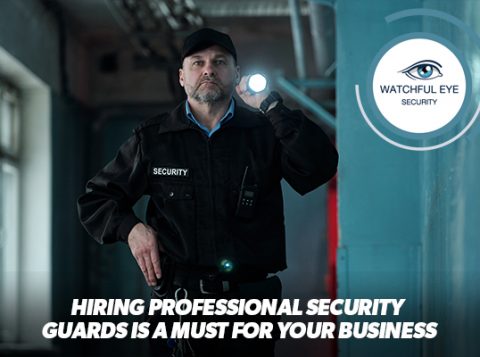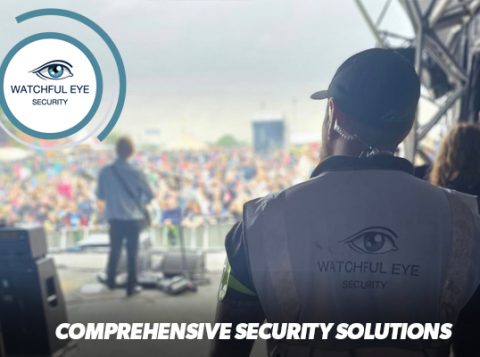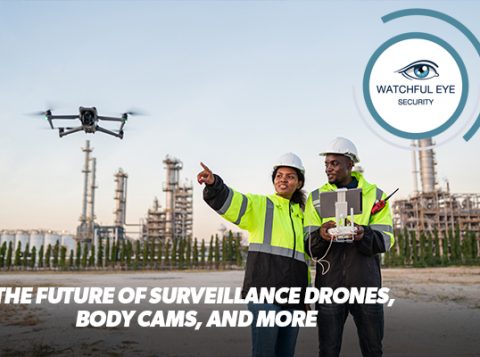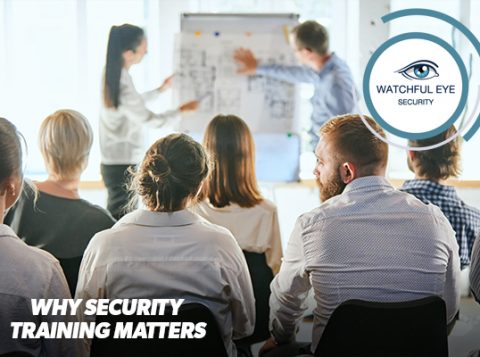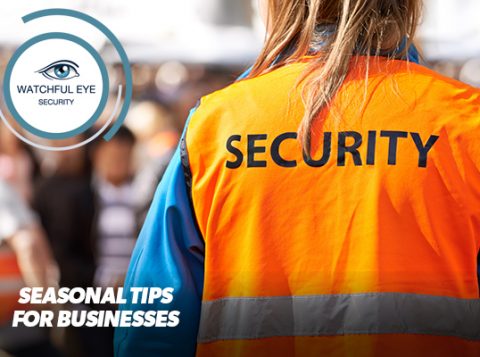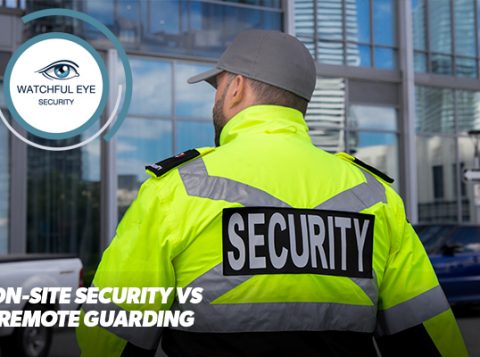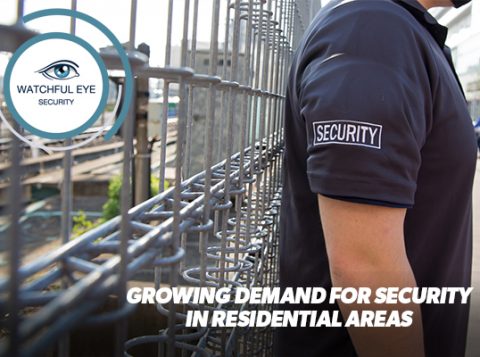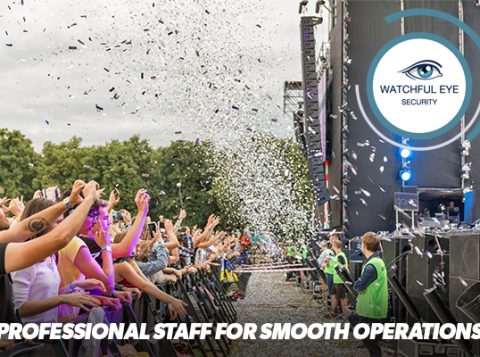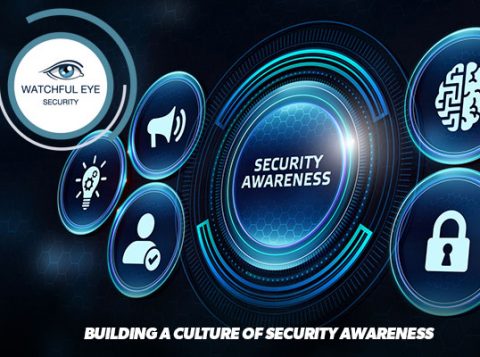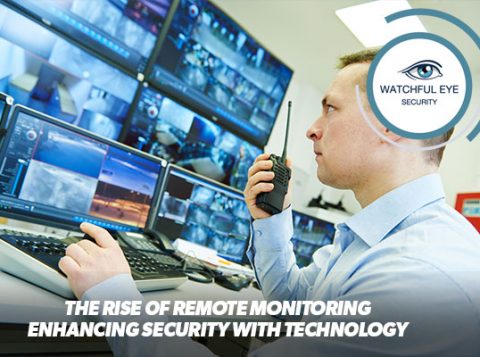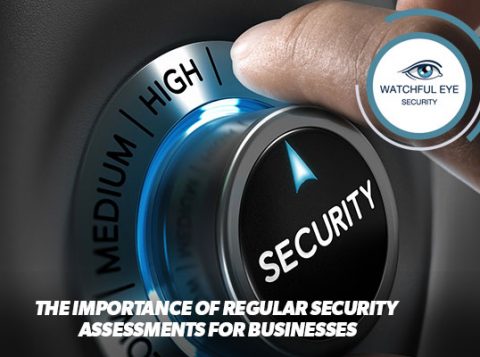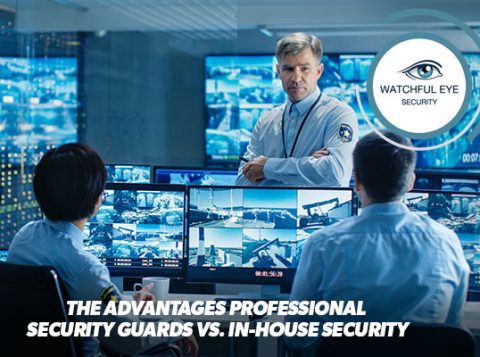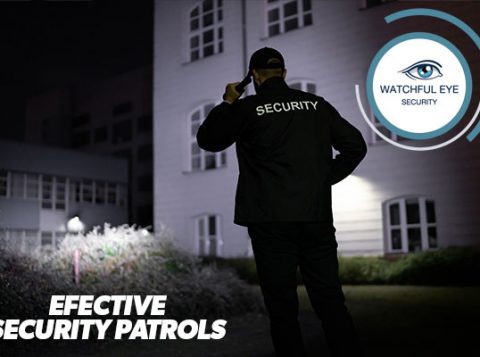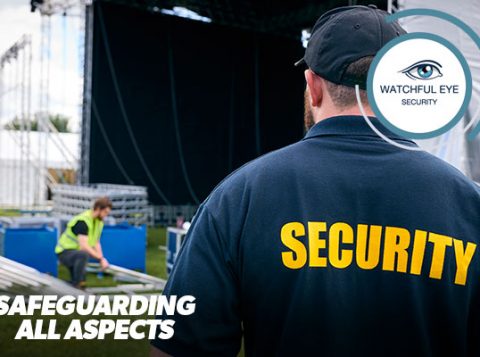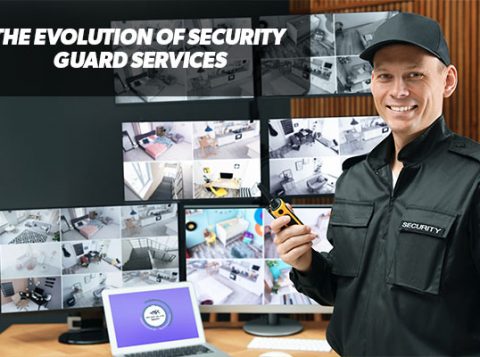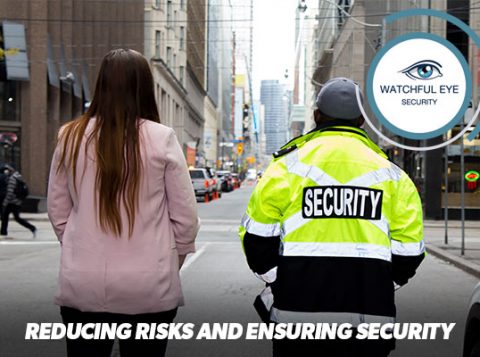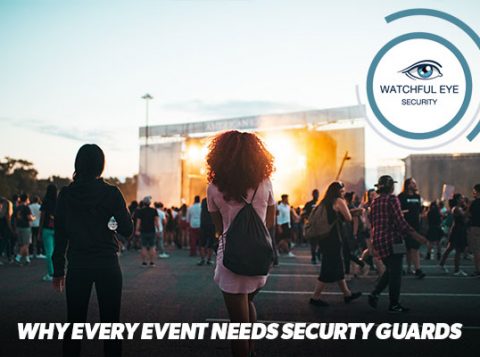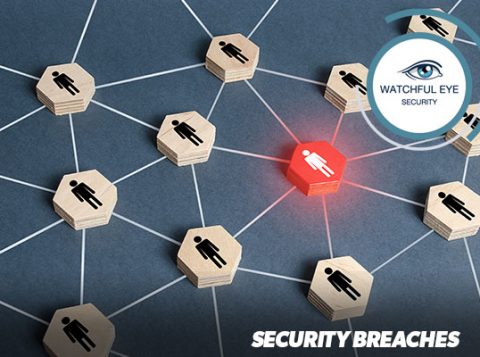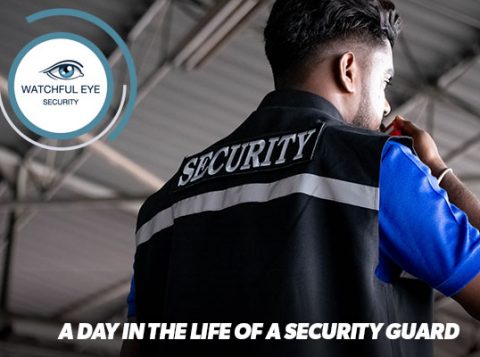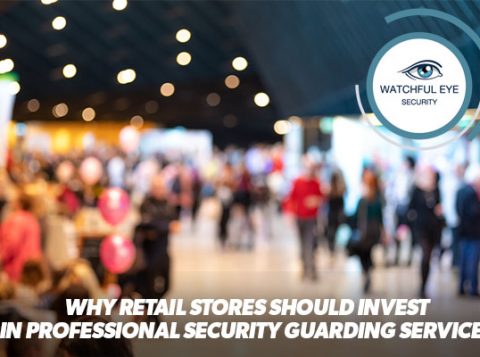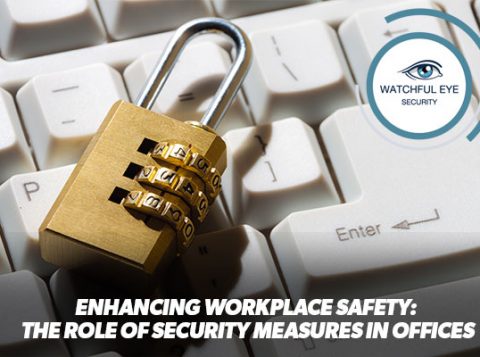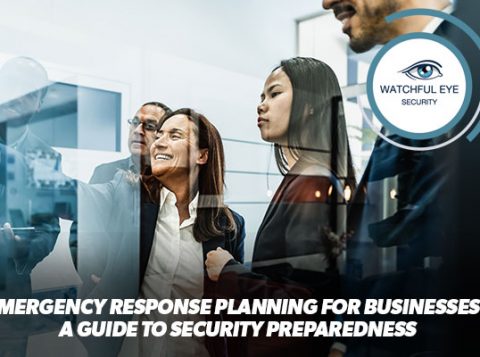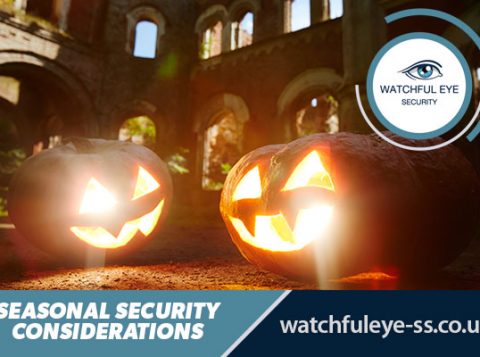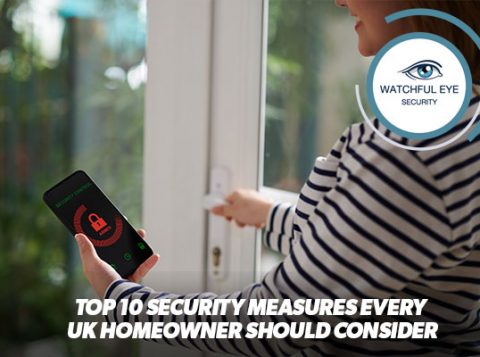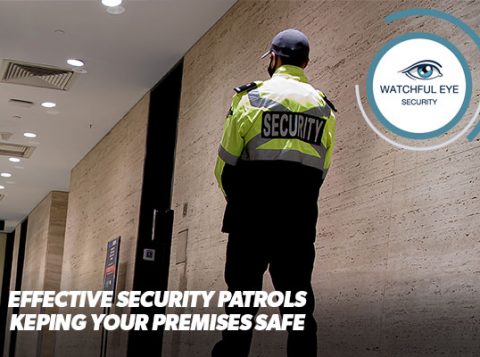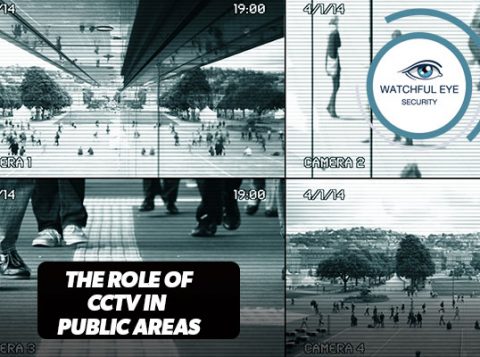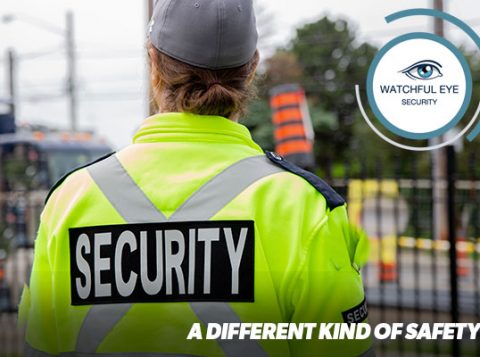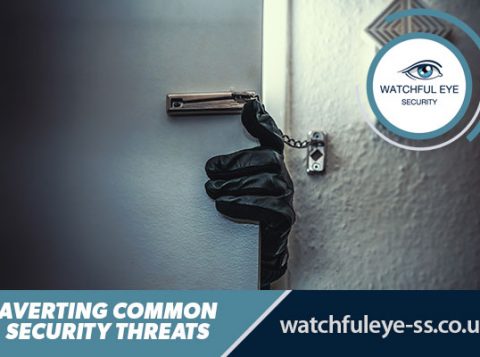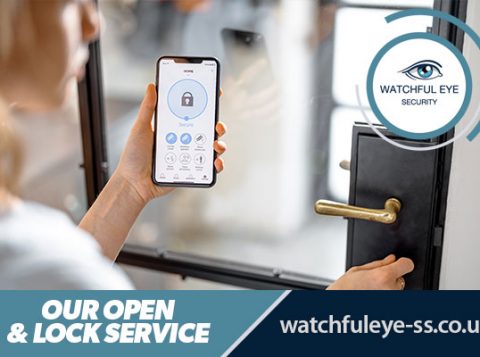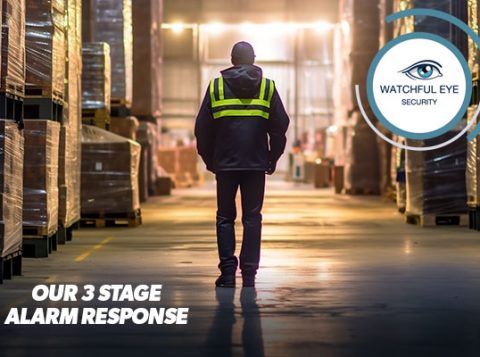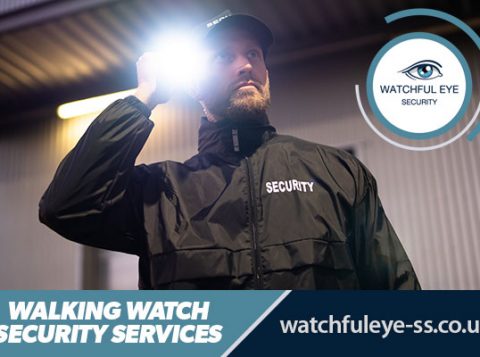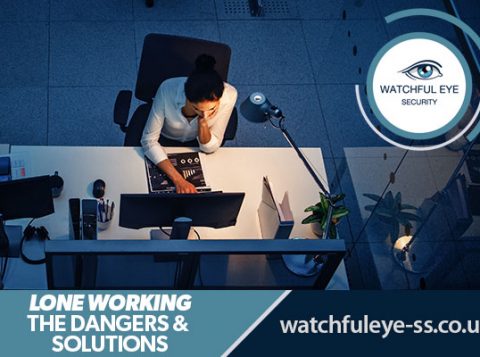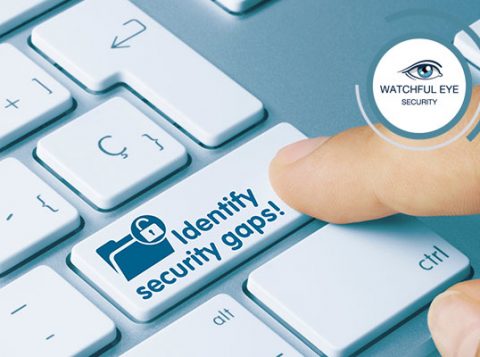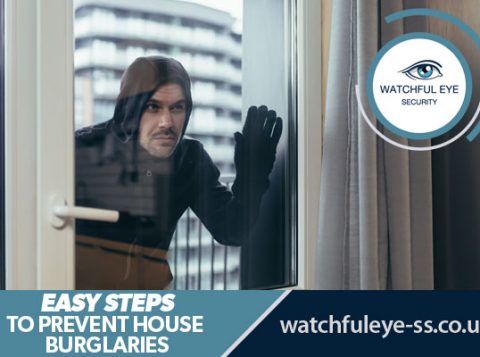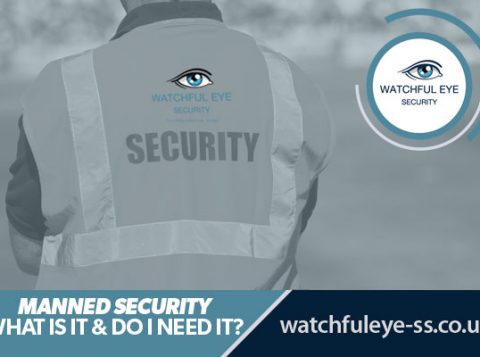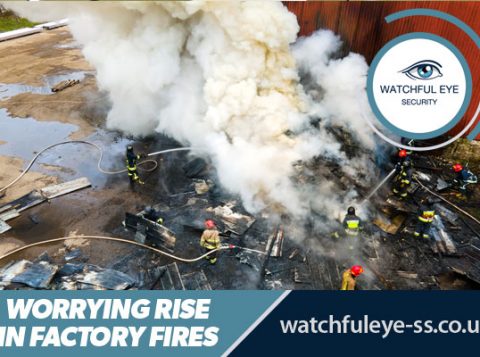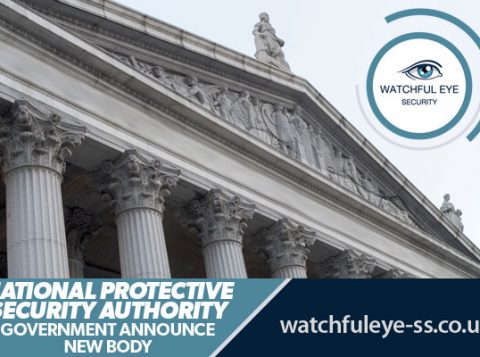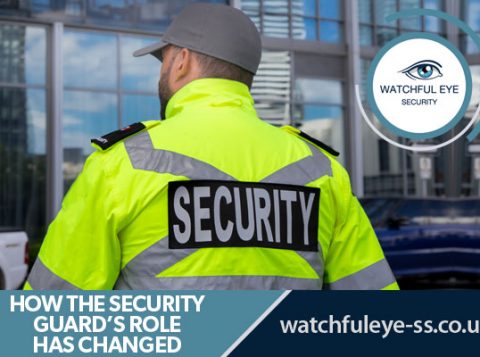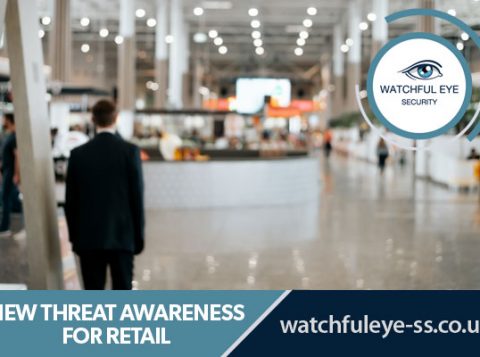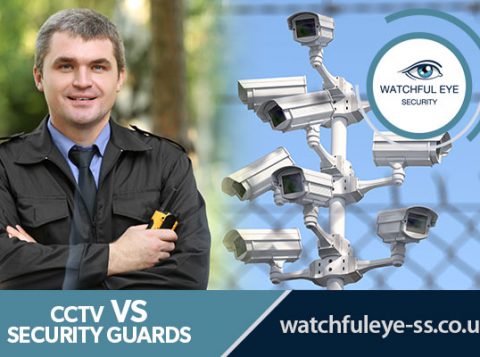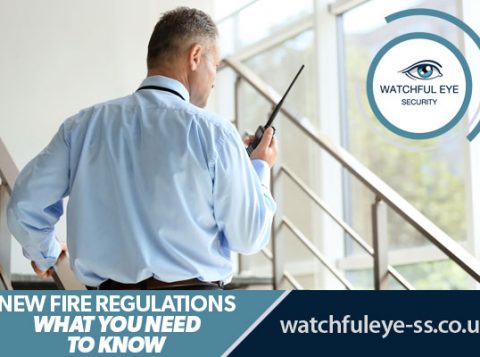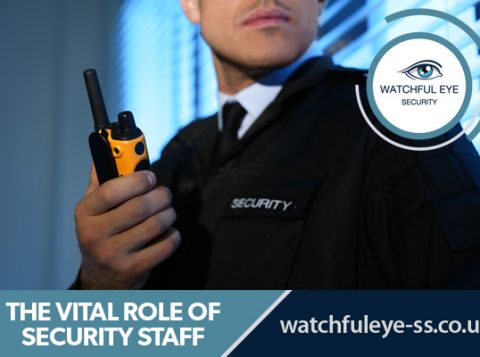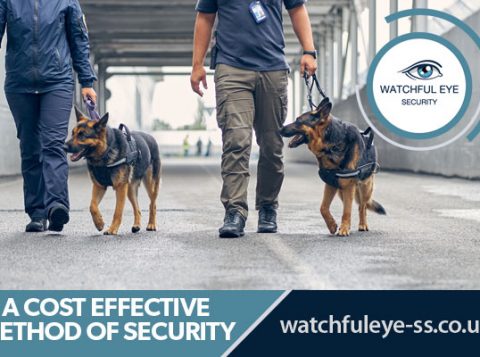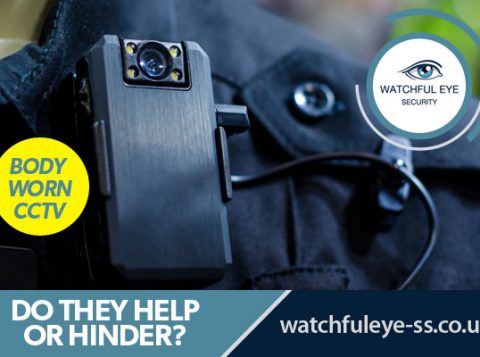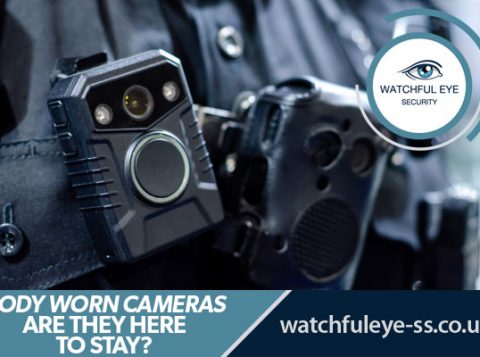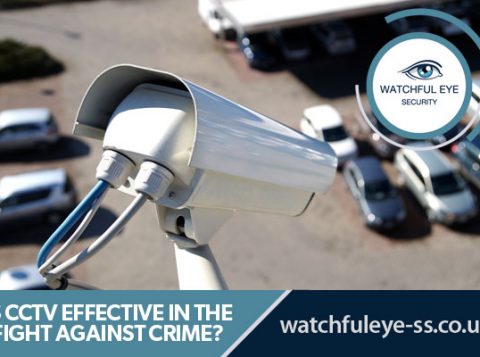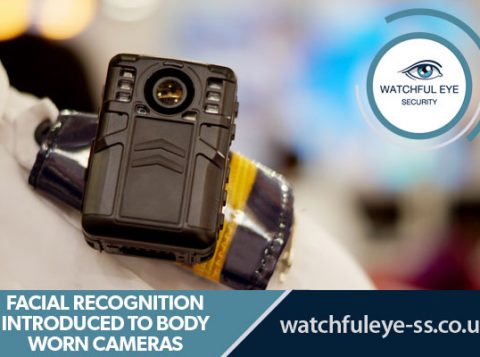
The Pros and Cons of Visible and Invisible Security
Empowering Property Owners to Make the Right Call
Are you considering hiring security for your property? Chances are, the first decision you will have to make is whether you prefer a visible or invisible security system. The two approaches aren’t mutually exclusive, but they do offer several distinct advantages and disadvantages.
In this blog post, we’ll look at both physical and digital security measures in more detail to help property owners make an informed decision.
Visible Security – Leveraging Fear and Creating Awareness Visible security is based on the concept of deterrence. It involves using physical defences such as fences, guard towers, and security guards to create a buffer between a property and its adversaries.
One of the biggest advantages of visible security is that it deters criminals before they even think of attempting a crime. User fear is the driving force behind visible security as physical security measures often create a feeling of being watched and monitored. It sends a clear message that those involved in criminal activities on such properties will be dealt with swiftly.
Another advantage of visible security is that it increases the general public’s awareness of security and safety measures on the property. It creates an atmosphere in which people are attuned to security resources like guard posts so that everyone is made to feel safer.
Nevertheless, there are a few negatives to having exclusive visible security. Cost is certainly one factor; once physical security equipment such as fortified fences and watchtowers is used, adding additional resources such as a security guard tends to increase the expense. Another issue with visible security is that it can create a sense of cultural anxiety or distrust among nearby members of the public.
Invisible Security – Affordable but Prone to Failures Invisible security leverages the power of computer monitoring and tracking tools over costly physical security measures such as guard posts and fences. These technologies are constantly advancing and now offer a greater range of capabilities that can be used in conjunction with one another to create an efficient system of security. With the aid of modern sensors, cameras, and other digitally-enabled devices, invisible security is more reliable and cost-effective than ever before.
Invisible security systems also offer a high degree of accuracy in identifying actual threats from suspicious activity. Furthermore, the use of certain digital monitoring systems eliminates the need of a security guard or external personnel as all tasks such as surveillance, recording, and reporting are automated. As a result, you can often enjoy peace of mind knowing that your property is safe and secure without a heavy price tag.
However, it should be noted that invisible systems are more likely to be subject to system failure or malfunction. This is why they often require regular maintenance and upkeep to ensure optimal functioning. Additionally, invisible security may also produce false alarms or notifications due to low-quality sensors or unreliable data inputs, which could lead to inaccurate readings and unreliable predictions.
Conclusion – Aiming for Balanced Security As a property owner, it is important to consider the pros and cons of both visible and invisible security systems before making your decision. While investing in both measures hasn’t always been easy in the past, advances in technology now allow property owners to perpetually monitor their properties without the need of a security guard. When contemplating your decision, remember that the ultimate goal should be to establish an effective balance of visible and invisible security.
Watchful Eye Security are experts on overt and covert security. To discuss your security requirements please contact us.
